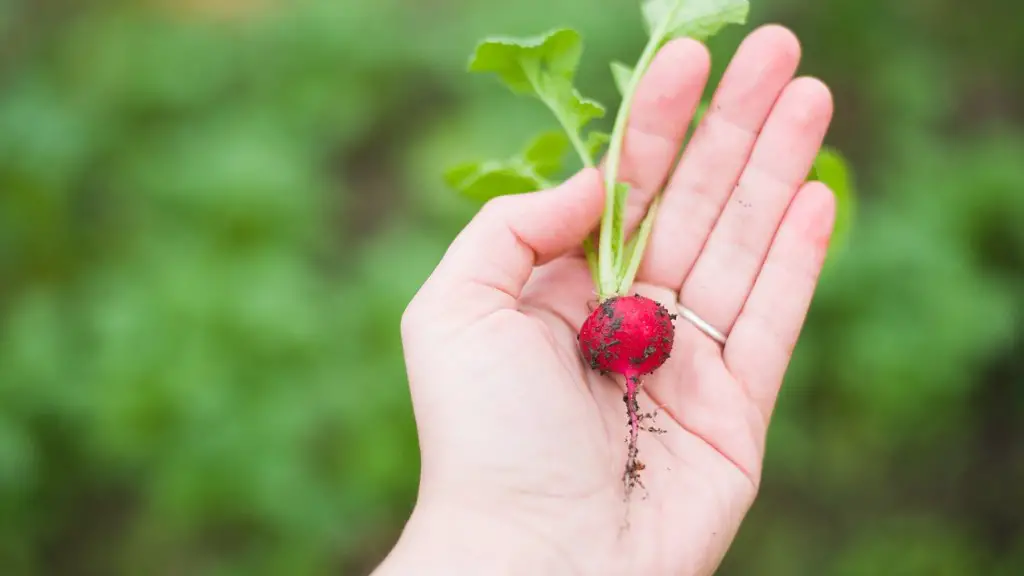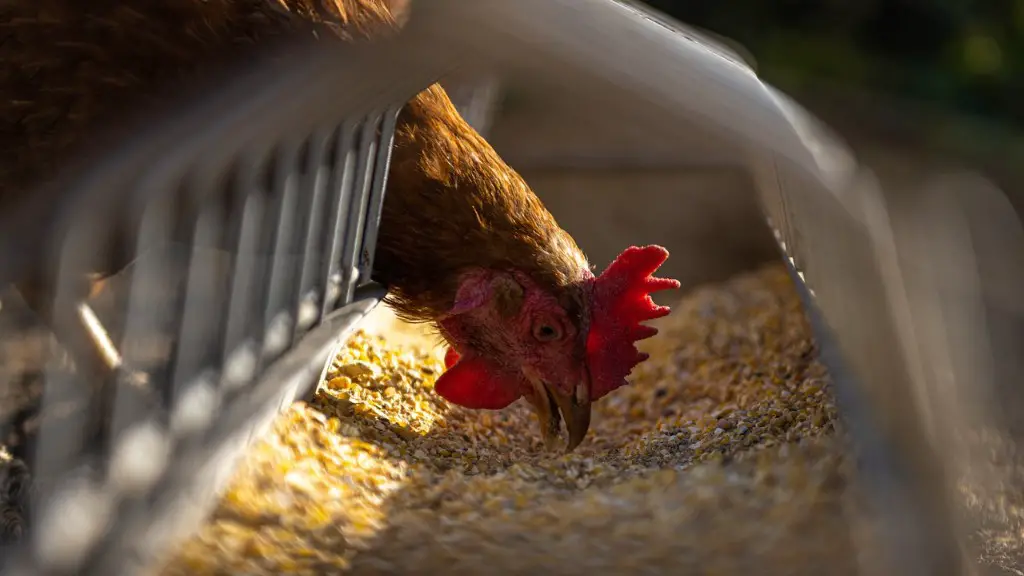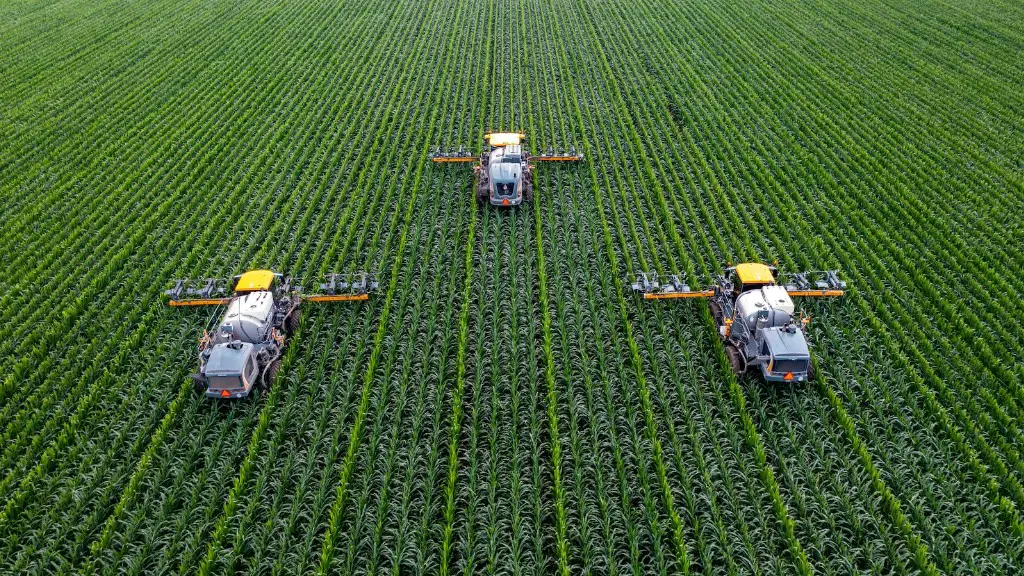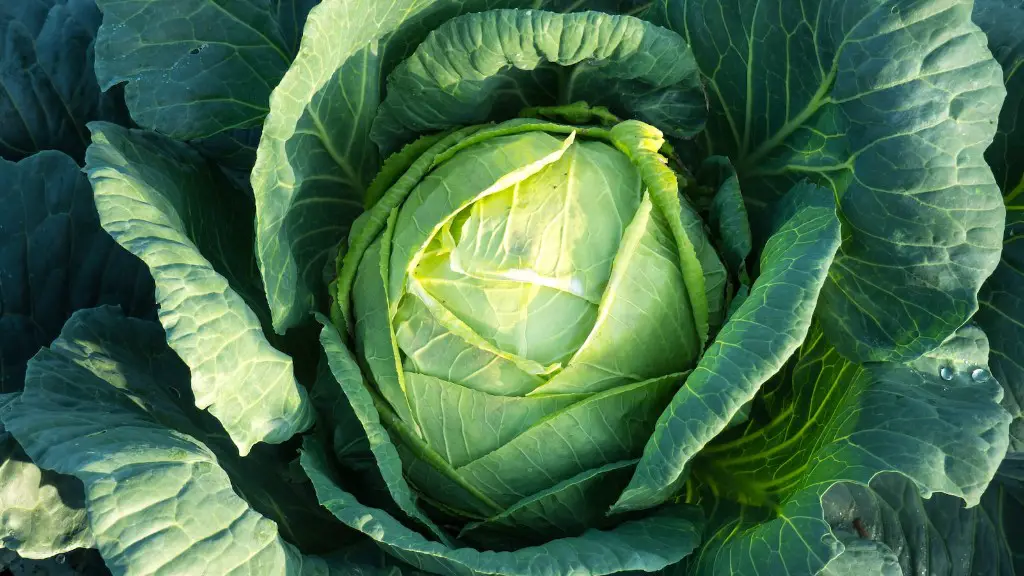Animal agriculture affects global warming in a number of ways. First, animal agriculture is a major source of greenhouse gas emissions. Greenhouse gases trap heat in the atmosphere and cause the Earth to warm. Animal agriculture is responsible for about 15% of global greenhouse gas emissions.
Second, animal agriculture uses a lot of land and water. Deforestation and conversion of land to pasture and crops for feed takes away critical habitat for animals and plants. This increases the amount of greenhouse gases in the atmosphere and contributes to global warming.
Third, animal agriculture contributes to climate change through methane emissions. Methane is a powerful greenhouse gas that is produced by livestock and their waste. Methane emissions from animal agriculture make up about 4% of global greenhouse gas emissions.
Fourth, animal agriculture can cause water pollution. Animal waste can contaminate water sources with harmful chemicals and pathogens. This can lead to the spread of disease, and also creates greenhouse gas emissions when the polluted water is treated.
Overall, animal agriculture has a significant impact on global warming. Reducing your consumption of meat and animal products is one way to help mitigate the effects of climate change.
Animal agriculture contributes significantly to greenhouse gas emissions. Methane and carbon dioxide are two of the most important greenhouse gases, and both are produced in large quantities by animal agriculture. Methane is produced by enteric fermentation – a process that occurs in the stomachs of animals – and animal manure. Carbon dioxide is produced by animal respiration and the burning of fossil fuels to power animal agriculture.
Livestock production is responsible for 14.5% of human-induced greenhouse gas emissions, making it a significant contributor to global warming. animal agriculture affects global warming in a number of ways. First, raising animals requires a lot of land. Deforestation is a major source of greenhouse gas emissions, and animal agriculture is one of the leading causes of deforestation. Second, animal agriculture produces large quantities of methane and carbon dioxide, as mentioned above. Third, animal agriculture requires a lot of water, which is another major contributor to greenhouse gas emissions.
There are a number of things that can be done to reduce the impact of animal agriculture on global warming. One is to promote efficient agricultural practices that minimize land use, water use, and methane production. Another is to encourage the development and adoption of alternative protein sources, such as plant-based foods.
What percentage of global warming is caused by animal agriculture?
Animal agriculture is a major contributor to greenhouse gas emissions and environmental degradation. It is responsible for at least 165% of global greenhouse gas emissions and causes significant environmental degradation, from biodiversity loss to deforestation. The scientific consensus is that animal agriculture is a major contributor to climate change and that it needs to be phased out in order to avert catastrophic environmental consequences.
Animal agriculture is a major driver of global warming and biodiversity loss. The industry destroys ecosystems, releases huge quantities of greenhouse gases, wastes vast quantities of water, and is a major source of pollutants.
How does agriculture help cause global warming
The main sources of agricultural greenhouse gases are carbon dioxide, methane and nitrous oxide. Deforestation, livestock production and rice production are the main sources of carbon dioxide. Methane emissions come from livestock and rice production, while nitrous oxide comes from fertilizing or burning croplands. Agriculture is responsible for about half of all methane emissions globally.
Fossil fuels are the largest contributor to climate change, accounting for over 75 percent of global greenhouse gas emissions. Burning fossil fuels releases carbon dioxide and other greenhouse gases into the atmosphere. These gases trap heat from the sun, causing the Earth’s temperature to rise.
Climate change is a global problem that requires a global solution. We must work together to reduce our reliance on fossil fuels and move to cleaner, renewable energy sources.
Which animals contribute the most to climate change?
Cattle are the biggest source of emissions from animal agriculture, and beef consumption is a major contributor to this problem. One recent study showed that in an average American diet, beef consumption creates 1,984 pounds of CO2e annually. This is a significant amount of greenhouse gas emissions, and it’s important to be aware of the impact that our food choices have on the environment. If we can reduce our beef consumption, we can make a big difference in the fight against climate change.
Livestock production is a major source of water pollution and ammonia emissions, which can have a drastic effect on biodiversity, especially in aquatic ecosystems. Pollution from livestock enterprises, as well as overfishing to provide fishmeal for animal feed, reduces biodiversity in marine ecosystems (Reid et al, 2009). This can have a serious impact on the ability of these ecosystems to function properly and support the wildlife that depends on them.
How much co2 does animal agriculture produce?
Animal agriculture is a major contributor to greenhouse gas emissions, accounting for 154% of the total. This is comparable to all transportation emissions combined. Animal agriculture emissions come from methane and nitrous oxide emissions, which are both powerful greenhouse gases. Reducing meat consumption is one way to reduce greenhouse gas emissions and help mitigate climate change.
Livestock farming, which includes activities such as raising animals for food and producing dairy products, is a significant contributor to greenhouse gas emissions. In fact, it is estimated that livestock farming accounts for approximately 15 percent of global greenhouse gas emissions. This is nearly on par with the emissions produced by the transport sector.
There are a number of reasons why livestock farming is such a significant contributor to greenhouse gas emissions. First, animals raised for food produce methane gas as they digest their food. Methane is a powerful greenhouse gas that trap heat in the atmosphere and contribute to climate change.Second, livestock farming requires land, and clearing land for grazing or to grow feed crops emits greenhouse gases. Additionally, the animals themselves produce greenhouse gases, such as methane, as they breathe.
livestock farming is an important issue to consider when discussing solutions to climate change. Reducing methane emissions from livestock, for example, could have a significant impact on slowing down climate change.
What are the 3 main causes of global warming
There are many causes of global warming, but the two biggest contributors are carbon pollution and climate change. Carbon pollution comes from the burning of fossil fuels like coal, oil, and gas. Climate change is caused by things like deforestation, which release greenhouse gases into the atmosphere. These greenhouse gases trap heat, causing the Earth’s temperature to rise.
Climate change is a result of several factors. The most important factor is the emission of greenhouse gases. These gases trap heat and cause the Earth’s temperature to rise. Other factors include changes in the Earth’s orbit and rotation, solar activity, and the Earth’s reflectivity. Volcanic activity can also contribute to climate change.
Is the meat industry the biggest polluter?
The topic of water pollution is a very important one. Globally, it is one of the largest sources of greenhouse gases (GHG) and one of the leading causal factors in the loss of biodiversity. In developed and emerging countries, it is perhaps the leading source of water pollution. Water pollution is a very serious problem and it needs to be addressed urgently.
Large animals play an important role in the health of grassland ecosystems. They help to reduce the risk of forest and bush fires, increase albedo and help retain carbon in the vegetation and the soil. Protecting large animal wildlife and their role in these complex ecosystems supports local biodiversity and ecological resilience.
Can animal agriculture be sustainable
The National Sustainable Agriculture Coalition (NSAC) is a coalition of organizations working to advance sustainable agriculture through federal policy reform. NSAC released a report in December 2016 detailing the actions that the NSAC has taken in the previous year to improve meat labeling standards.
The report highlights the importance of truth in labeling, noting that “[a]ccurate labeling of meat products is essential for consumers seeking to make informed choices about the food they eat, and for farmers and ranchers trying to sell their product in a fair and open marketplace.” To that end, NSAC has been working to improve the labeling of meat products through the following actions:
1. Supporting the USDA’s proposal to increase the number of inspectors in slaughterhouses and to conduct more audits of slaughterhouses.
2. Supporting the Country of Origin Labeling (COOL) program, which requires that meat products be labeled with the country of origin.
3. Working to ensure that the USDA’s new Animal Disease Traceability (ADT) program does not burden small-scale producers and does not require the use of radio-frequency identification (RFID) tags.
4. advocating for stronger enforcement of the Federal Meat Inspection Act and the Poultry Products Inspection Act.
Mammals play an important role in helping to store carbon in soils and trees, which helps to slow down climate change. When mammals interact with their environment, they help to transfer carbon from the atmosphere into soils and trees. This process helps to sequester carbon and prevent it from contributing to climate change. Additionally, the grazing and digging habits of some mammals can help to aerate soils and promote growth of vegetation, which also helps to store carbon.
What is the biggest problem in Animal Farm?
The novel Animal Farm by George Orwell is an allegory for the Russian Revolution. The animals on the farm represent the people involved in the revolution, and the pigs represent the corrupt leaders who took power after the revolution. The central conflict arises when the animals’ desire for freedom and equality is corrupted by the consolidation of political power amongst the pigs. The pigs start to abuse their power and take advantage of the other animals, which leads to the animals uprising against them.
Cattle are farmed for their meat and dairy products, and they generate more greenhouse gases than any other livestock. This is because the rumen bacteria in their stomachs produce methane as they digest feed. In addition, their manure also emits methane and nitrous oxide, and the fossil fuel used on farms for machinery and other purposes also contributes to carbon dioxide emissions.
Warp Up
Animal agriculture contributes to global warming in a number of ways. First, raising animals for food requires a lot of land, water, and food. The clearing of land for pasture and feed crops contributes to deforestation, which releases greenhouse gases into the atmosphere. Second, methane and nitrous oxide are two potent greenhouse gases that are produced by animal agriculture. Methane is produced by cows and other ruminant animals during digestion, while nitrous oxide comes from animal manure. Finally, animal agriculture is a major source of carbon dioxide emissions, as the burning of fossil fuels is required to produce feed, transport animals, and operate slaughterhouses.
Animal agriculture is one of the leading causes of global warming. It is responsible for 18 percent of greenhouse gas emissions, more than the entire transportation sector. Animal agriculture is a major contributor to climate change because it emits methane, a powerful greenhouse gas. Methane has more than 25 times the global warming potential of carbon dioxide. Animal agriculture also emits nitrous oxide, another powerful greenhouse gas. Animal agriculture is a major source of carbon dioxide emissions, as well. Therefore, reducing animal agriculture is critical for mitigating climate change.





